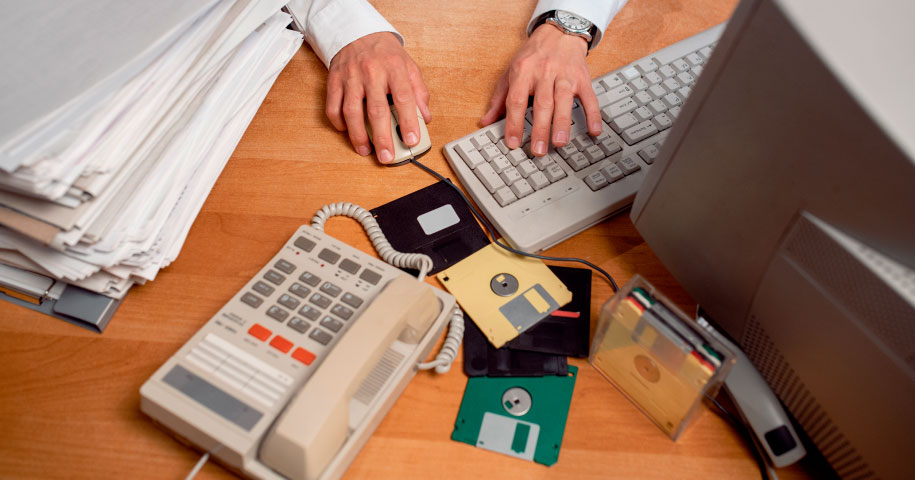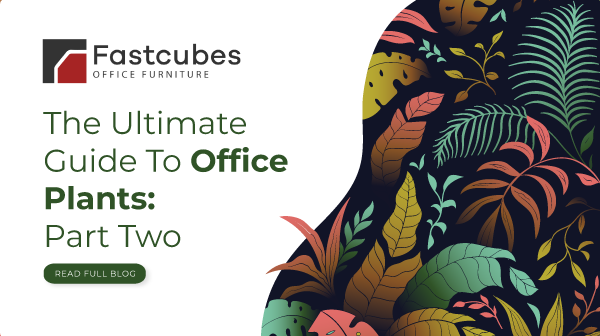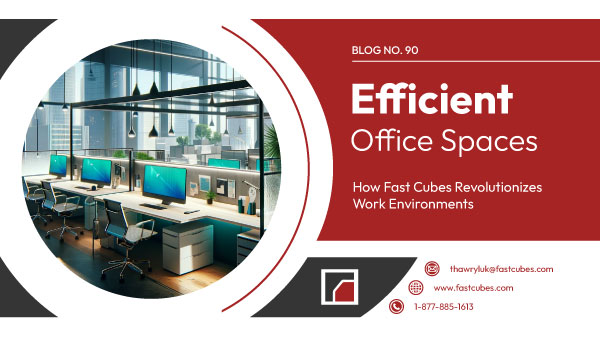The History of the Cubicle
There is no doubt that the Office Cubicle is one to the most important pieces of furniture in human history, and is a common feature in companies from small-scale businesses to international corporations. The cubicle had to evolve with the times, with each new version better than the rest, so let’s take a deep dive into the history of cubicles, and find out the story behind how we work.
Ancient History
The Earliest known records of Cubicles can be traced all the way back to Medieval Times, where monks had a dedicated space, known as a scriptorium, that would serve as a private space for them to write and study. Some of these workspaces even had curtains to provide an extra layer of privacy.
The Industrial Revolution
Once the industrial revolution took off, the need for spaces for employees to do office work increased rapidly, with the first office building appearing in the early 1720s, and many more cropping up not long after that.
Separate offices became popular, but each employee having their own office was unfeasible for large companies with thousands of employees, and so, the open office layout was born.
The Open Office Layout
This layout consisted of desks being placed together in rows and groups, with employees working side-by-side with their managers close by.
It became increasingly popular as it was an easy way of grouping employees who worked on the same task together, so they could collaborate. Managers could also keep a close eye on their workers, and improved communication.
However, this layout wasn’t without problems, and the distractions and noises from working in an open office layout became harder to bear once the office got to a large enough size, and a new solution was needed.
The Action Office
With privacy gone and office spaces growing, a solution popped up in the early 1960s, the Action Office.
This was a design by Robert Propst, from the Herman Miller Research Corporation, who created what would eventually evolve into the modern-day cubicle. His Action Office consisted of desks with adjustable heights so that employees had the option of sitting or standing, depending of the task.
Unfortunately, the project was a failure due to difficulty assembling them, high costs and low interest. This didn’t stop Robert, as he went on to refine his model and birthed the Action Office 2, with three walls and desk space. Its primary feature was privacy, and space saving, so employees could be close by to collaborate, while maintaining some much-needed seclusion.
Cubicle Explosion
The Cubicle exploded after this, with many more manufacturers popping up, as many more companies started adopting them. The telephone and the computer helped ignite this explosion, as they became standard with cubicles.
Customization options also started appearing, as different companies hoped to stand out amid the stiff competition. Additionally, employees started decorating their office spaces with office plants, photographs of their families, and customized lighting like lamps and built-in lights.
The Fall
Cubicles were being manufactured at high-rates as more white-collar jobs started appearing, but this wasn’t enough. Cubicles soon dropped in popularity in the early 2000s as companies wanted to differentiate themselves from the competition, as the open office layout re-emerged. Employees grouped in bunches of 4 or 8 became popular again, with no partitions that were meant to promote collaboration. Cubicles were suddenly a symbol of being trapped in a cage, and more companies shifted to Open Office Layouts.
The Modern-Day Office Cubicle
It didn’t take long for the open office layout to lose popularity as companies grew to large sizes, they realized that distractions were causing too much of a productivity loss. They needed a way for employees to collaborate but also have their own space. They achieved this by reintroducing cubicles back into the office, but also split the office up, with open spaces for relaxing and eating, and cubicles with partitions for privacy.
Current Day
There is no doubt that cubicles are one of the most important pieces of furniture in human history, as it revolutionized how we work in a modern era. During the Covid-19 pandemic, when people were forced to work from home, it forced us to once again rethink how we work, and arguments arose that office spaces weren’t necessary anymore with current computers.
With the pandemic nearing its end, people are finally returning to the office, and the need for cubicles is rising again. Modern-day cubicles have managed to find the perfect balance of privacy, comfortability and collaboration, and that’s why we at Fast Cubes believe that cubicle is here to stay, and is ever adapting to suit our needs.



